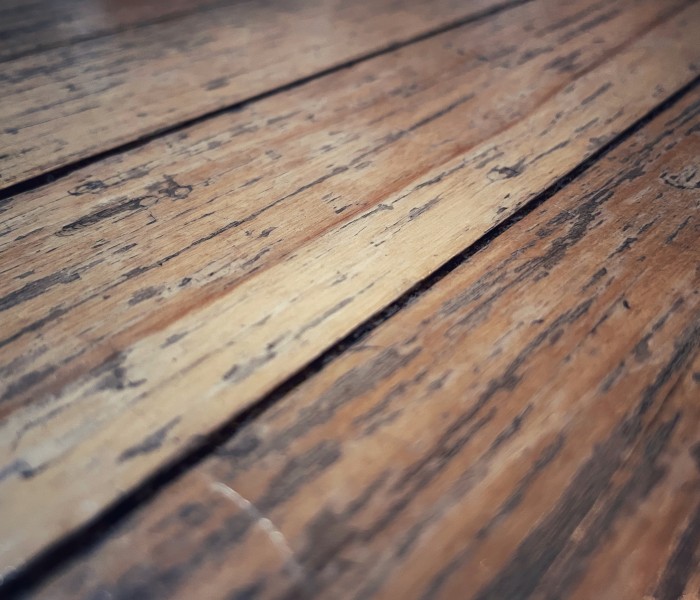How to Remove Moisture from Floor Systems
Excess moisture can silently wreak havoc on even the most professionally installed floor systems. Whether you’re managing a hospital, school, or federal facility, knowing how to remove moisture from floor surfaces is essential to avoid costly damage, safety hazards, and warranty violations.
Moisture doesn’t just affect aesthetics—it weakens adhesives, warps materials, and can lead to dangerous mold growth under your floors. And this blog post, we’ll guide you through the steps to help prevent floor damages from happening.
How To Draw Moisture Out Of Wood Floors
Wood floors are especially vulnerable to moisture, whether it’s from leaks, humidity, or improper installation. So here’s how to draw moisture out of wood floors effectively:

- Use industrial fans or blowers: These tools promote evaporation and help circulate air under the boards.
- Dehumidifiers: Running these in the affected area for several days can significantly reduce moisture content.
- Desiccant drying mats: These pull moisture up from the subfloor through direct contact.
- Monitor with a moisture meter: This ensures levels are back to safe thresholds before refinishing or reinstalling floors.
These methods are crucial for drying wet hardwood floors before damage becomes irreversible
Why Moisture Is A Major Threat To Flooring
From adhesives breaking down to floors curling or buckling, excess moisture is often the hidden culprit behind premature flooring failures. Problems typically begin within the subfloor—especially when concrete slabs are not allowed to dry properly or when wooden substrates were damp at the time of installation.
Unchecked moisture can cause:
- Peaking seams and lifted edges
- Musty odors or visible mold
- Pest infestations under the flooring
- Damage to finish coatings or adhesives
That’s why preventing mold under floors should be a top priority during every stage of the flooring process.
The Role Of Moisture Meters For Flooring Installations
Never rely on a surface-level inspection alone. The real threat usually lies beneath. Moisture meters for flooring give you a data-driven way to detect hidden issues before you install.
Key Tools:
- Electrical resistance meters: Ideal for wood subfloors
- Hygrometers: Measure ambient and under-surface humidity
- Calcium chloride tests: Used on concrete to measure vapor emission rates
If readings exceed acceptable levels (typically under 80% RH), drying should be prioritized before proceeding with installation.
Preventing Moisture Damage Moving Forward
To protect your facility and extend the life of your flooring system:
- Always test the substrate before installation
- Select breathable or water-resistant flooring materials
- Use moisture-tolerant adhesives in high-risk areas
- Divert water sources like leaks or exterior runoff from buildings
- Maintain HVAC systems to stabilize humidity year-round
Taking these steps now can prevent future failures and extend the lifespan of your floors.
Need Expert Help? Continental Flooring Has You Covered
If you’re already dealing with floor damage or want to ensure your next installation goes smoothly, Continental Flooring Company offers complete solutions—from moisture testing and product selection to expert installation. Whether you need water-resistant floors, breathable systems, or floating solutions for high-moisture areas, we’ve got you covered.
Contact us for a consultation and let our team help you avoid costly repairs and extend the life of your facility’s flooring system.
CALL US AT .800-825-1221
EMAIL US: info@continentalflooring.com




